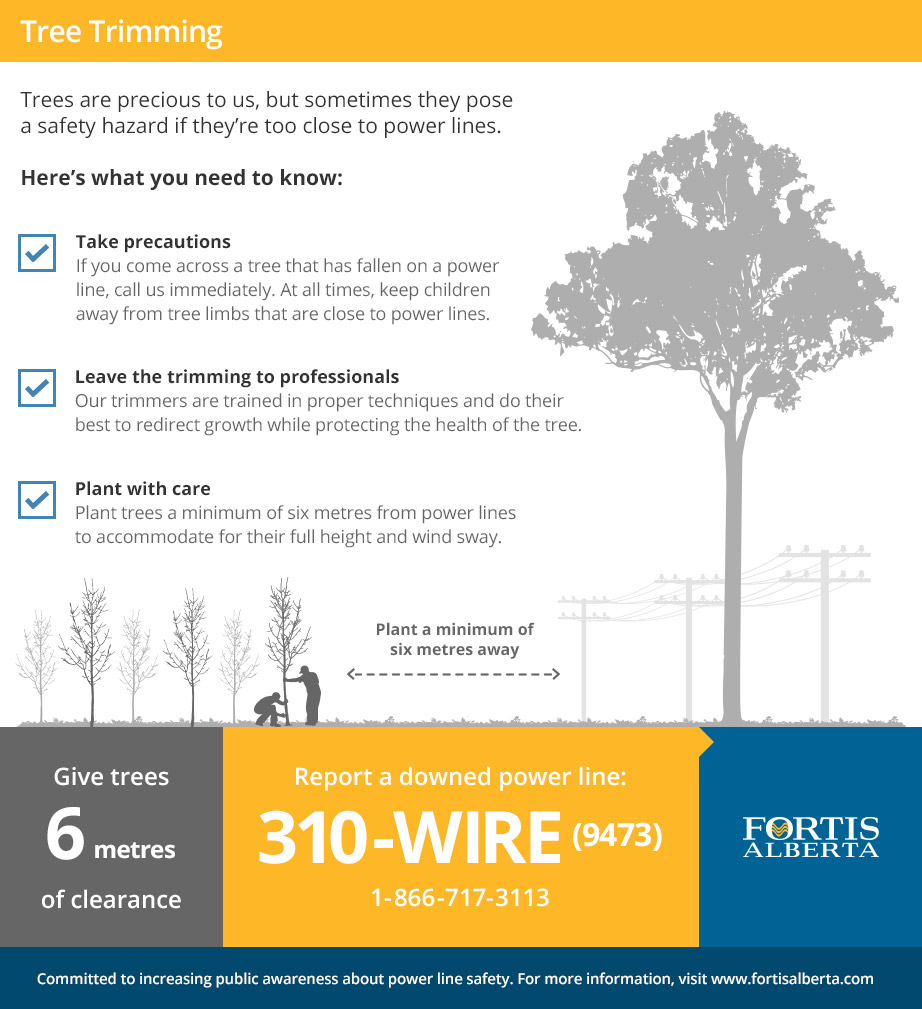Tree Elimination Aftercare: Finest Practices For Landscape Recovery
Tree Elimination Aftercare: Finest Practices For Landscape Recovery
Blog Article
Content By-Langley Cochrane
After a tree's elimination, your landscape might look rather various, and it's essential to analyze the after-effects carefully. You'll intend to assess the soil disturbance and check surrounding plants for any indicators of tension. Neglecting these variables can result in larger issues down the line. So, what should you do with those stumps and roots? And just how do you choose the most effective plants for your revitalized space? Let's check out these crucial actions.
Examining the Consequences: Reviewing Your Landscape
After a tree elimination, it's important to assess your landscape to recognize the influence it has on your lawn.
Beginning by taking a look at the area where the tree stood. Search for signs of dirt disturbance, and inspect the surrounding plants for any type of stress and anxiety or damages.
You must likewise remember of exactly how the removal has actually changed sunlight direct exposure and air flow in your garden. This change can influence the growth of neighboring plants, so it's essential to review their health.
Take into consideration the visual facets too; the elimination may create an open space that you can revamp.
Lastly, consider any prospective erosion problems that may occur from the tree's lack. Dealing with these aspects early will assist bring back equilibrium to your landscape.
Taking care of Stumps and Origins: Options for Elimination
As soon as you've assessed the consequences of the tree removal, you'll likely need to tackle the stump and origins left.
You have a couple of options for elimination. One efficient technique is stump grinding, where a professional utilizes a maker to grind the stump down to underground degree. This technique leaves very little interruption to your landscape.
If you like a DIY approach, you can use a mix of digging and chemical stump cleaners. Simply keep in https://www.bobvila.com/slideshow/6-ways-you-can-get-a-better-backyard-in-just-one-weekend-239288 , this process can require time and effort.
Conversely, think about leaving the stump as an all-natural feature, which can serve as an one-of-a-kind yard aspect or habitat for wildlife.
Whatever you select, dealing with the stump and roots is important for recovering your landscape.
Picking the Right Plants for Your New Space
As you assess your newly cleared room, choosing the right plants can substantially enhance your landscape's appeal and capability.
Beginning by considering the sunshine and soil conditions. For sunny locations, select drought-resistant plants like lavender or succulents. In shaded areas, brushes and hostas grow well.
Think of the size and growth behaviors of your plants; mix perennials and annuals for seasonal selection. Don't forget to incorporate native varieties; they require much less upkeep and support regional wildlife.
Team plants in strange numbers for a more natural appearance and produce layers for visual depth.
Finally, ensure you have a mix of shades and textures to keep your landscape vivid throughout the seasons.
Happy planting!
Verdict
To conclude, recovering your landscape after tree removal is a rewarding process. By evaluating the aftermath, attending to stumps and roots, and picking the right plants, you'll produce a growing setting. Do not fail to remember to incorporate disintegration control procedures to safeguard your dirt. With a little effort and care, you can transform your space right into a vibrant garden that boosts your building. Accept https://drive.google.com/drive/folders/1KSCE8mzl-hXAVqeAVKuPCHP1cHitnrg7?usp=drive_open to invigorate your landscape and delight in the appeal of nature right in your yard!
